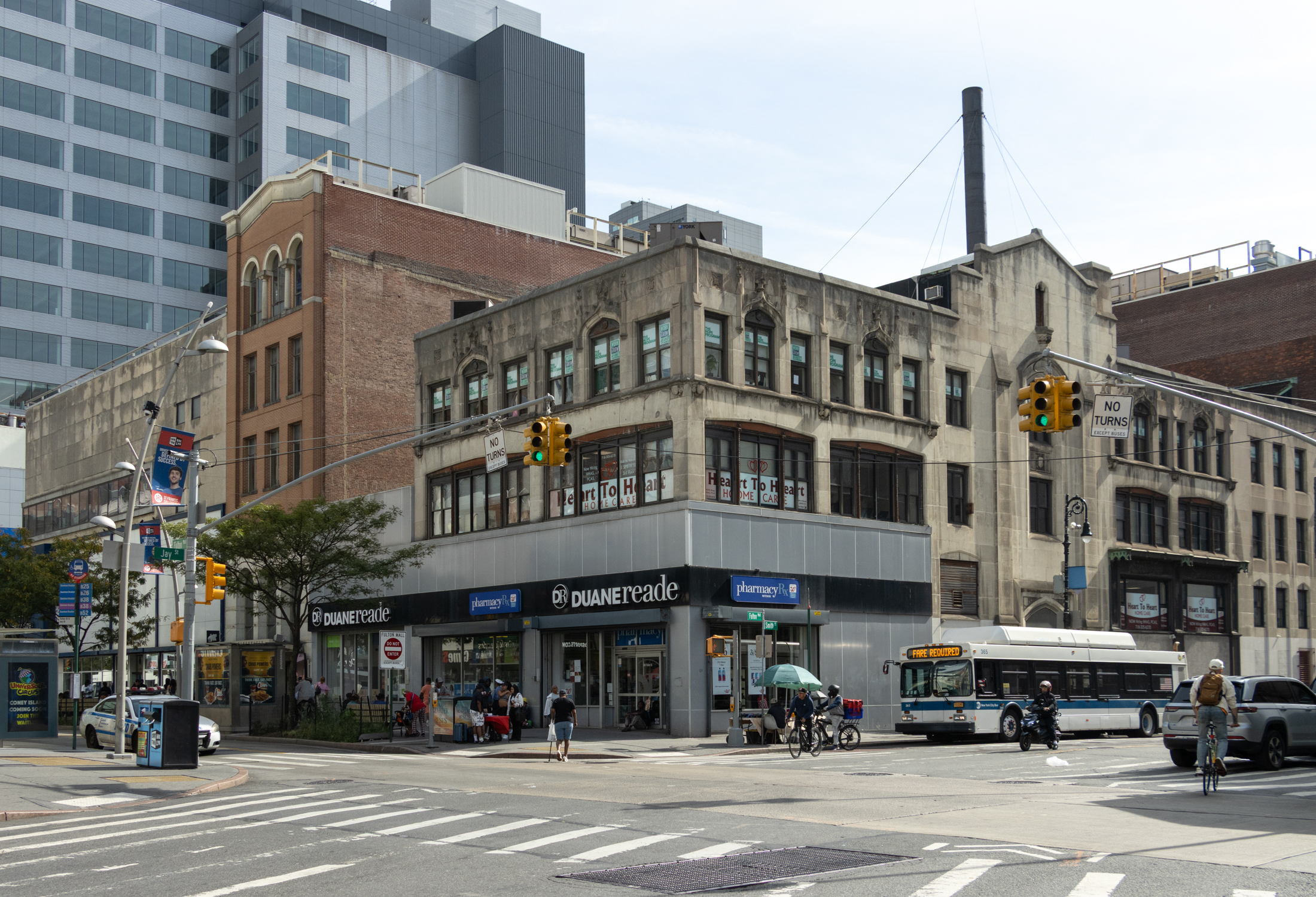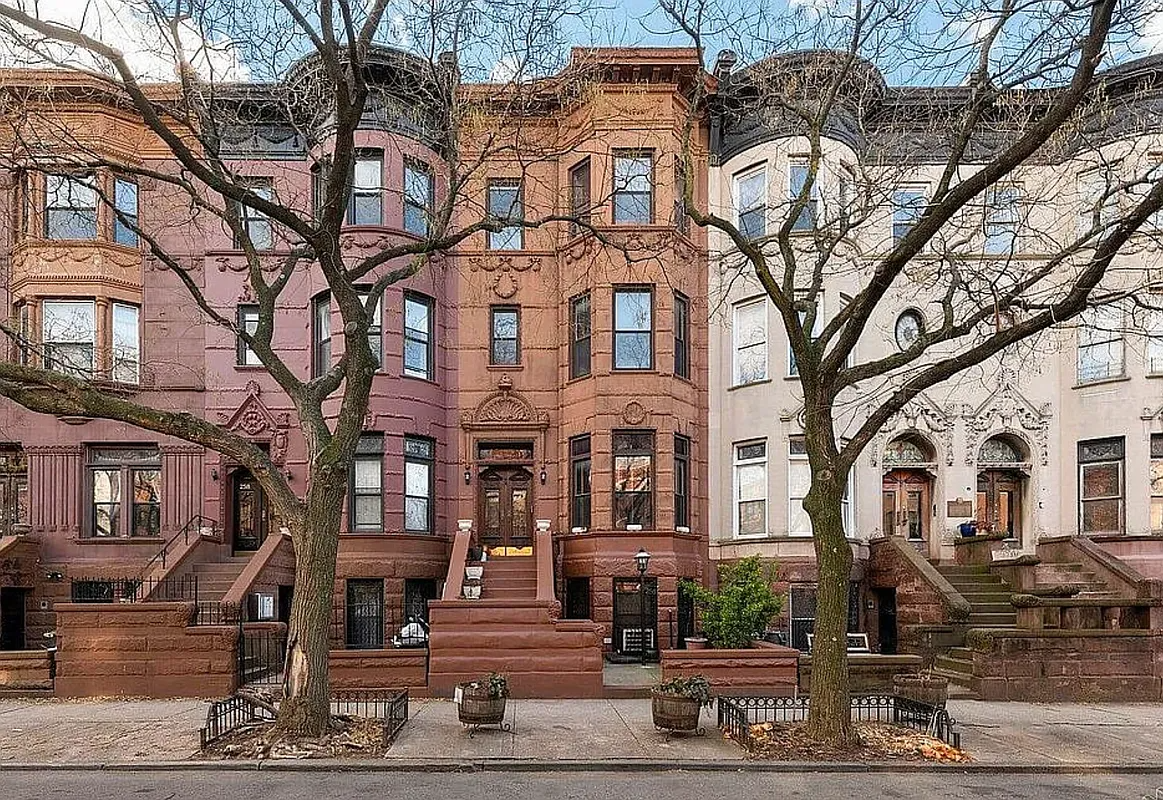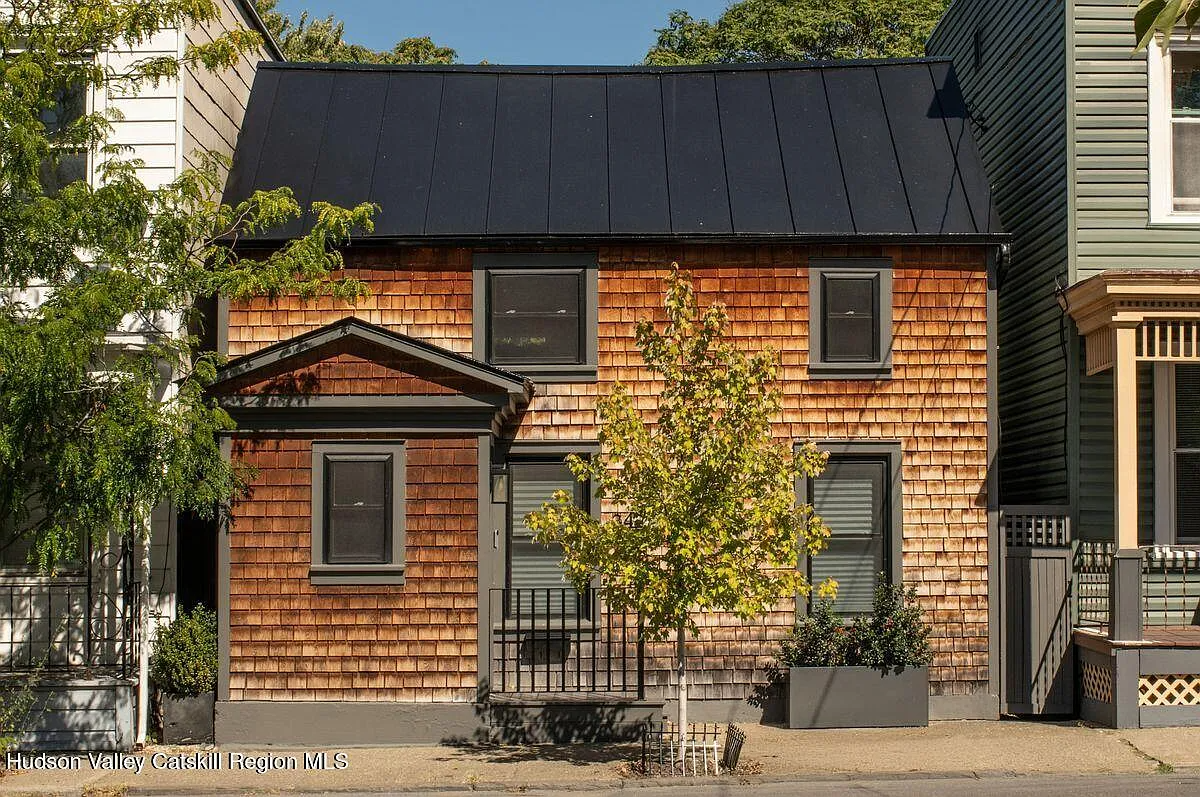City Council Signs Off on Prospect Heights Landmarking
On Thursday, the City Council voted 47-0 in favor of the creation of the Prospect Heights Historic District; LPC had voted for the designation back in June. Just thought you’d wanna know. Prospect Heights Landmarking: The Video [Brownstoner] Prospect Heights Landmarked! [Brownstoner] Landmarks to Consider Prospect Heights Historic District [Brownstoner] Photo by Tracy Collins


On Thursday, the City Council voted 47-0 in favor of the creation of the Prospect Heights Historic District; LPC had voted for the designation back in June. Just thought you’d wanna know.
Prospect Heights Landmarking: The Video [Brownstoner]
Prospect Heights Landmarked! [Brownstoner]
Landmarks to Consider Prospect Heights Historic District [Brownstoner]
Photo by Tracy Collins





Late to the party, but plenty of good arguments here. Glad the discussion didn’t disintegrate, either.
First of all, landmarking does not mean that a bubble of affluence is cast over an area. Prospect Hts was landmarked because it has excellent examples of residential architecture by some of Brooklyn’s best architects of the late 19th century. Thank goodness we haven’t reached the point where we have to be like Noah, only picking two examples of every kind. What makes a block like the one in the photo so attractive is the sum of its whole. Places like that need to be preserved because they add some beauty, a play of light and shade, texture and materials, some synchronicity to our lives. Coming out of the subway after a hard day of work onto a block like this is a psychological sigh of relief. That is true whether in Park Slope, where the houses cost several million, or Crown Heights, where most are far, far less. Landmarking protects that, and I for one, am very grateful.
If there was no landmarking, this city would be a far less habitable place. It is a spurious argument that protecting these houses leads to a lack of affordable housing. As several people noted, only a fraction of this city is landmarked. Even in tonier nabes, like Park Slope, only the blocks near the park are landmarked, and landmarking there took place in the late 70’s, well before the explosion of wealth. Park Slope gentrified for a lot of reasons, landmarking was not one of them. It preserved that which drew people there.
In Crown Heights North, our landmarking status has not meant a rise in income levels, nor a driving out of the poor or lower middle class. The middle class ARE the homeowners here, and will remain for quite a while, because they know what they have, have had it for generations, and plan on keeping it.
I think we do have a great deal of housing needs in this city, but blaming landmarking is a false argument. As bxgrl said, developers are not building middle class and affordable housing because there is no incentive to do so, and not enough perceived profit. That has absolutely nothing to do with landmarking.
Going to another meeting, happy to revisit this later.
benson- but the change in those areas are not due to landmarking but to white flight. And landmarking doesn’t necessarily turn neighborhoods into wealthy enclaves. Gentrification began in BH, Park Slope and other neighborhoods long before landmarking and they become so because of location, and – for lack of a better word- ambiance. Landmarking only protects that. It’s people and economics that make the changes, not landmarking. And there are plenty of landmarked buildings that have simply rotted away because not even the wealthy wanted to live where they were situated.
i disagree- we agree 🙂
One point- and maybe Crown Heights North is a unique situation but it is true many of the homeowners here are working class – and many of these homes have been in their families for several generations. I know quite a few in Bed-Stuy as well but it has been remarked in the past that CHN has remained, for the most part a neighborhood of working class homeowners. That is beginning to change but not so quickly as seen in other neighborhoods.
Denton;
You’re making some good points. Let me respond:
-I am ALL in favor of preserving true landmarks of architectural distinction,such as the Chrysler building. That is a far cry, however, from preserving in amber spec.-built rows of ordinary limestones or brownstones (such as those shown in the photo for this article).
-I also agree that there is no constitutional right that entitles any segment of society to have a lock on a neighborhood. That is precisely why I am arguing against landmarking districts such as this latest one, because it eventually does, in effect, turns these areas into wealthy enclaves. If, as Minard states,we have a natural evolution underway in which the wealthy want to live close to the city center, I have no problem with that. It should not be zoned in place by government fiat, however.
-I disagree with you that there are vast swaths of NYC available to the middle class. Many formerly middle-class areas have become,in fact,immigrant areas,wherein single-family frame homes( Archie Bunker type homes) have been subdivided into multi-family dwellings aimed at poorer immigrants.
And, most condo/coop buildings in the city do not have parking. Newer construction , yes, more so.
benson, there’s nothing wrong with setting aside a percentage of buildings as examples of what can never be repeated. Are u against landmarking of all kinds? Should we tear down the Chrysler Building cuz it can no longer function as true Class A space?
This concern for the middle classes is over-rated. There are wide swaths of NYC devoted to them. Most of SI, Queens, and the bronx is affordable. The prime nabes, those in Manhattan, areas in Brownstone Brooklyn, those with good access to parks, schools, and transportation, will not be affordable to everyone. They never were and never will be.
As a free markets guy, who has (like me) worked themselves up from modest beginnings, I wouldn’t think you would have a problem with teh fact that not everyone can live anywhere.
i’m in support of the landmarking in PH, but just wanted to note a couple of things. first, though PH is definitely a mixed neighborhood in terms of economic classes of *residents*, i do think it’s a misperception that many owners there are “working class.” there may in fact be owners who *were* working class at one point, but PH (in terms of its brownstones, anyway) has been a $1 mm neighborhood for a while, and doesn’t appear to be sliding below that for brownstones in good condition. my point is that most working class owners, regardless of landmarking and regardless of the downturn, have for a while been sitting on a major asset that easily takes them out of the middle class as it is defined in this city.
second, as for renters, there appear to be a lot of owners of multiple buildings, many of which are stabilized or even controlled units, and a lot of these owners didn’t really have the practical option of selling to developers anyway. on the flip side, they also don’t seem particularly motivated, one way or the other, to make major upgrades with or without landmarking. i’ve definitely seen a ton of non-permitted cosmetic work (sidewalks, entryways, facades) going on in the last couple months. not much that appears geared toward pushing current tenants out – and with more condo stock coming on line soon, my guess is there will be replacement rentals should people start getting pushed out.
third, the landmarked area is pretty small, though a bit larger than it probably would/should have been in the absence of atlantic yards, in my opinion. i think there are at most four contiguous blocks in any one direction in addition to at least three or four new condo that already have been built. and there are *plenty* of open lots in the non-landmarked edges that are perfectly available to more “efficient” development of new housing, if developers choose it. lots of these blocks are a max 3+ minutes from subway options as those within landmarking.
lastly, the argument that new condos are more efficient because they have parking spaces is just weird. tearing down solid masonry construction to stick a finger building in the middle of a block is not efficient. there will be tear-downs that are left in limbo by landmarking, but my guess is that the statistical significance of these types of buildings is practically nil. on the other hand, half-empty, shoddily-built condos are not efficient, encouraging car ownership is not efficient, air conditioning is not efficient. converting to gas, upgrading your plumbing, replacing windows and doors, airsealing and adding a whole-house fan – now those things are efficient and will be just as do-able even at the 10% cost increase that landmarks seems to imply (assuming people do it with permits, which they may not).
Even if you’re right Benson, blaming Landmarking for (the lack of ) affordable housing is as silly as “blaming” low crime for gentrification. I’m sorry but Developers weren’t exactly rushing to build “affordable” housing in the area. Unless you consider a 300k, 1 br condo on Sterling place “affordable”
dibs, in Europe, Asia, and South America, the rich lived as close as possible to the city center. The poor lived in the outskirts. In the US on the other hand, with our Jeffersonian ideals of country life, the inner cities became the place for the poor. For the poor and shunned.
We are now at this interesting reversal in course, where young money is pouring in to old no-money areas. This is both good and bad, but mostly good. What I can’t understand are the prices. These areas are in transition, they’re not there yet, the future is unknowable and they may never get there and yet the prices do not reflect the tenuous social foundations. Prices for ordinary houses in Brooklyn should be much lower. That is my only point.